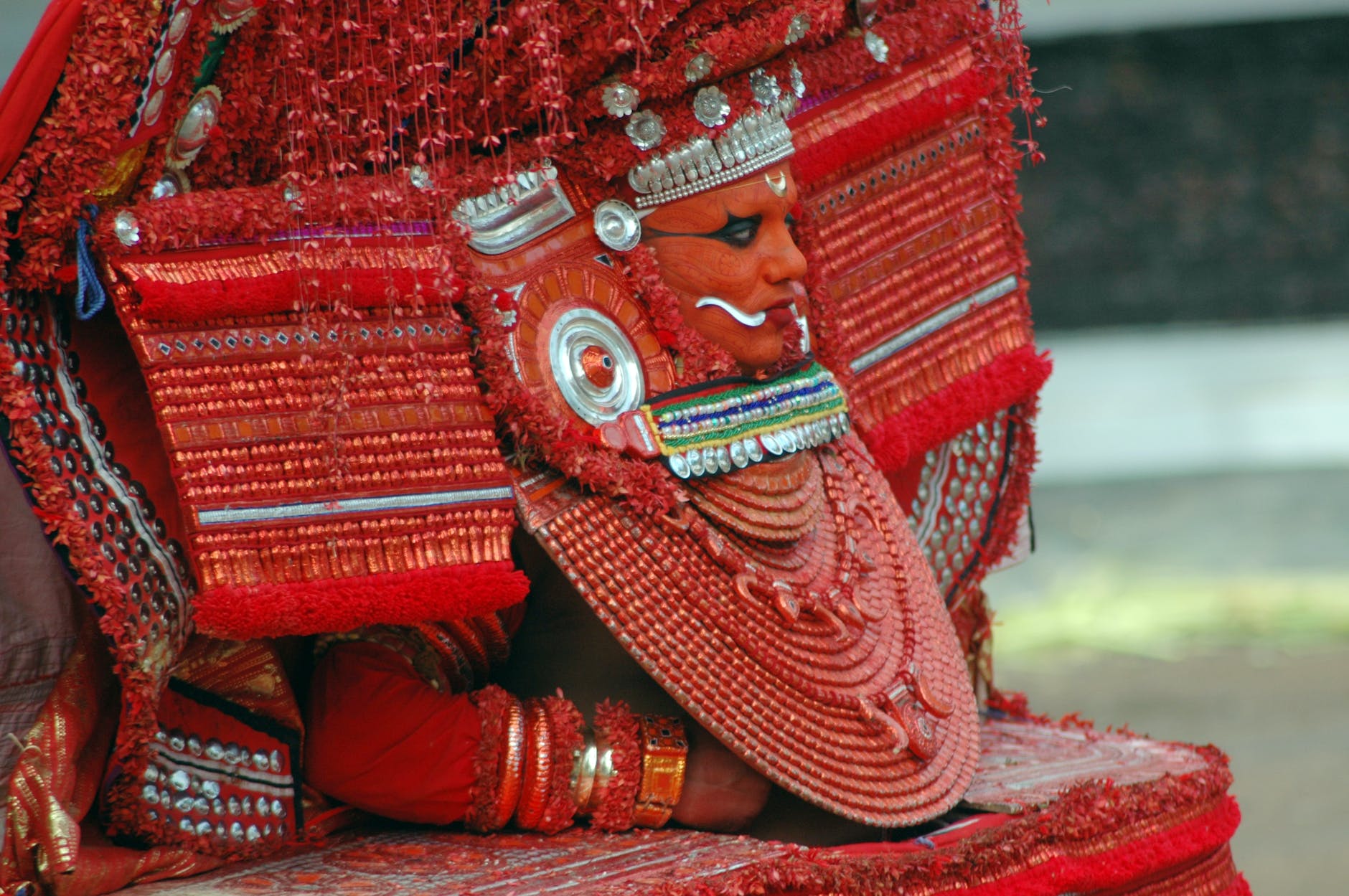Body:
In the kaleidoscopic universe of art, myriad styles find their expression and maturity through a journey of time, culture, and technology. One such genre that continues to evolve and enchant audiences is psychedelic art. Ranging from its ancient origins in tribal art to its modern-day manifestations in digital art, the evolution of psychedelic art is a colorful tale that resonates with the shifting boundaries of human consciousness.
Possibly the earliest form of psychedelic art, tribal art is deeply rooted in indigenous cultures and is a doorway into the spiritual experiences of our ancestors. Characterized by other-worldly patterns, mythological creatures, rhythmic details and alternate states of awareness, tribal art was pivotal in invoking heightened feelings of transcendence and mysticism. The cave paintings of ancient tribes served as the seed of psychedelic aesthetics, offering a visual language for ideas that could not be articulated through ordinary speech.
Fast forward to the 20th century, psychedelic art started to gain recognition in the 1960s as an influential subset of pop art. This era was synonymous with the advent of LSD, which dramatically influenced art and culture. Psychedelic art became the medium to articulate the experiences of this psychedelic venture, leading to a creative explosion fueled by glowing landscapes, anatomical designs, and chimeric creatures. The incorporation of surrealism’s elements elucidated personal myths and dream scenarios, creating hallucinatory universes that challenged the conventional perception of reality.
During this time, the collision of psychedelic art with street art resulted in a new world of visual discourse that stood defiant against the norm. Graffiti artists began to employ psychedelic motifs to convey political messages, breaking the mold of traditional art and claiming the streets as their canvas. This integral part of the counterculture movement represented the rebellion against societal norms and made the psychedelic experience accessible to a broader audience.
The 1990s brought about a new form known asvisionary art, which attempted to visually explore the profound experiences synonymous with psychedelics as well as spiritual insights and universal narratives. Artists like Alex Grey, well-known for his intricate, almost medical, interpretations of the human body, began to push the boundaries of this genre to encompass multiple dimensions of human perception, blurring the lines between the physical and the metaphysical.
The advent of the internet and digital technology fostered a new era in the progression of psychedelic art. Digital art, with its infinite possibilities, began to allow artists to transcend the limitations of traditional mediums. The use of digital manipulation and animation further pronounced the psychedelic aesthetic, fostering an immersive experience for the viewer and leveraging an extensive palette of colors, complex patterns, layered textures, and interweaving narratives.
In contemporary art, the influence of psychedelic visuals is evident. Artists are weaving in the psychedelic lexicon from various previous eras and amplifying it through advancements in technology and media. This current wave of psychedelic art does not just reference hallucinatory experiences but explores the interactions between consciousness and reality, pushing not only the boundaries of creative expression but also our understanding of reality itself.
Psychedelic art is a visual manifesto of the evolving human psyche, always challenging, always exploring. Its journey from tribal roots to digital realms underscores the perspicuity of art and its timeless application in expressing the human experience. This melding of past, present, and future holds a promising beacon for psychedelic art’s journey, mirroring the ever-evolving facets of human consciousness in the wider universe of art.
For future artists and appreciators alike, it is an invitation to embark on this vivid journey, to explore, discover, and push the boundaries of traditional perception. Because in the end, art is a reflection of ourselves – expansive, diverse, and unendingly psychedelic.





